4 Quick and Easy Herbal Remedies from Spring Buds
Here are 4 quick and easy herbal remedies that you can harvest this spring to jump start your herbal medicine chest.
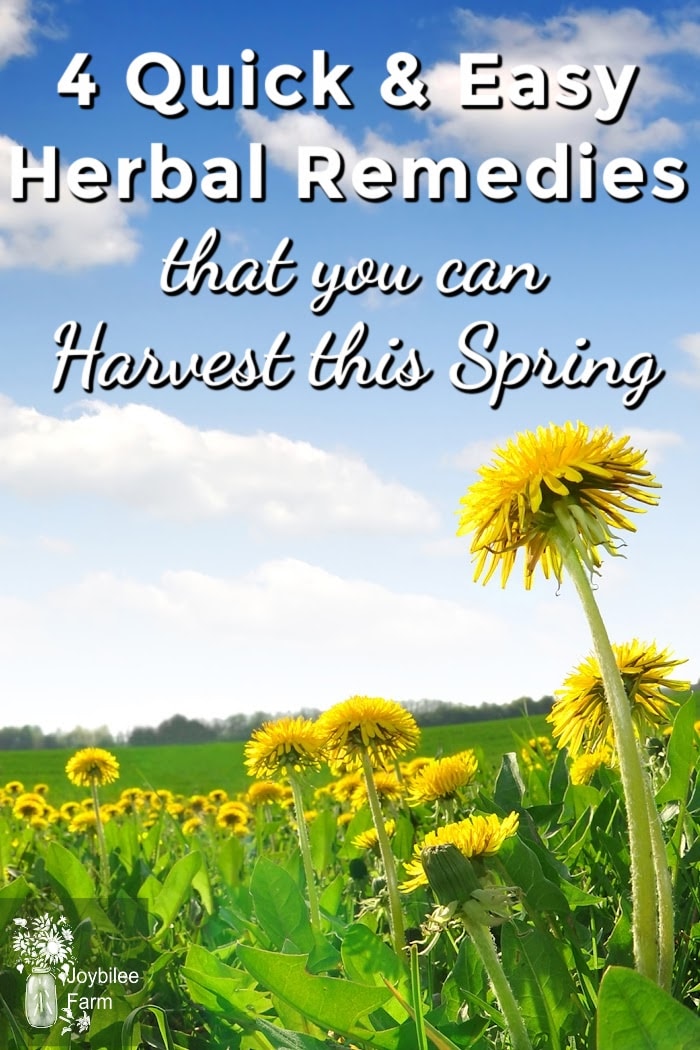
Most of the early spring herbals are harvested from trees. That’s great because, after a winter of less physical activity, you don’t want to bend over to find berries or roots. You can harvest trees from a standing position. I’m all for that, aren’t you? And if you are new to harvesting herbal remedies get a couple of field guides to properly identify trees before you begin. You don’t want to harvest a poisonous plant by mistake.
These plants are for making herbal simples. A simple is a single ingredient herbal remedy. You can combine them with other herbs and make compound remedies, but today we’ll just focus on the simple.
4 Quick and Easy Herbal Remedies #1
Pine or spruce pitch
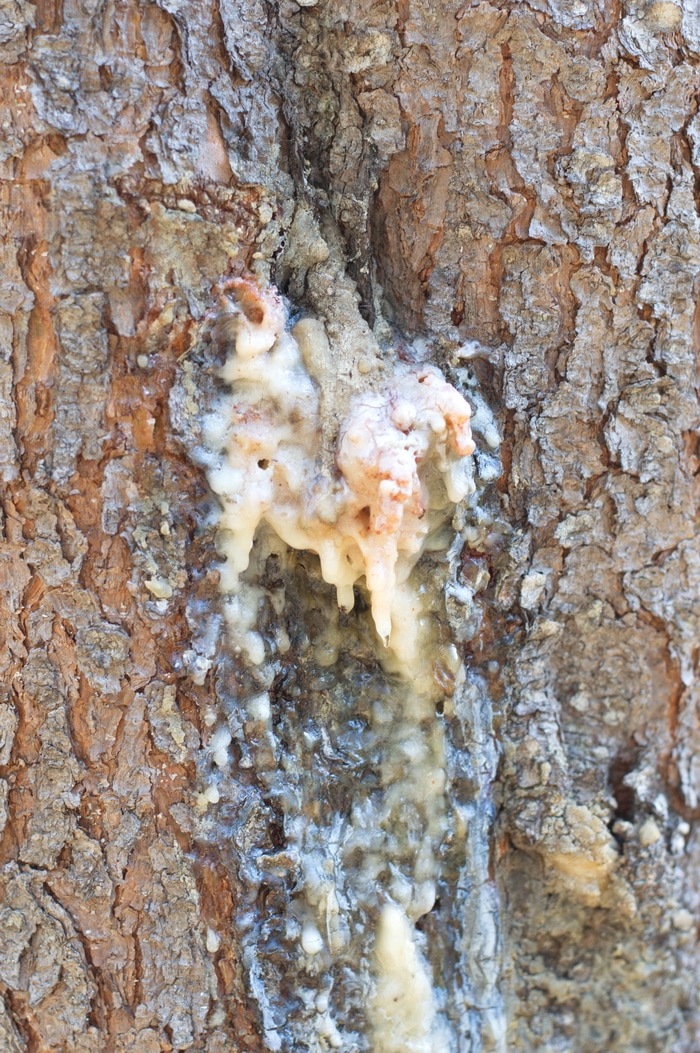
When a pine tree or another coniferous tree is wounded it oozes sap through the wound to seal the wound and heal the injury. The sap is antibacterial, and antibiotic and keeps bacteria out of the wound site. It does the same thing for humans and livestock. An old folk remedy is to smear wounds with melted and clarified pine pitch, cover and let it draw the poison out of the wound.
To harvest pine pitch (or any confer pitch)
Take a disposable plastic bag to carry the pitch home. It’s sticky and you don’t want to have to wash the container that you are using to carry it. Take a pocket knife as you may need to pry it loose from the tree. Find pitch that is still soft and sticky. Older pitch that is already hard and brittle is more difficult to meltdown. Gather about 2 cups of pitch.
To use the pitch:
Put the pitch in a tin can that you place in a pot of water to make an improvised double boiler. Don’t use your best pots for this project. Melt the pitch in the double boiler till it is mostly liquid. The needles and debris will float to the top. Skim it off. Mix the liquid resin with 1 part resin, 1 part olive oil, 1/2 part melted beeswax, 1/2 part coconut oil (optional a few drops lavender e.o, or tea tree e.o.). Pour into a glass jar while it is still liquid. Allow to harden and cap. Use it as a salve, or ointment for healing wounds. Useful as a drawing salve, too.
4 Quick and Easy Herbal Remedies #2
Cottonwood Buds
Cottonwood buds are the balm of Gilead. It is anti-inflammatory, analgesic, and healing. Harvest the resinous buds from the black cottonwood anytime from leaf drop in the fall to bud break in the spring. Your fingers will get covered in the reddish resin as you are harvesting. Simply wipe them along the trunk of the Alder and it will reduce the stickiness until you can wash your hands. Alder usually grows near cottonwood. The smell is heavenly. Pick a fine day to do this and you will feel like you’ve had a vacation when you are done.
To use the buds:
Place the buds in a glass mason jar and cover with olive oil. Cap the jar and leave on a sunny windowsill so that the sun will warm the oil. Over about 2 weeks the warm oil will draw the resinous balm of Gilead out of the buds and into the oil. The oil will turn red and take on a deep noted perfume. Strain the oil after 2 or 3 weeks. You can use it as is, as a massage oil for tired, achy muscles. Or mix with 1 part infused olive oil, 1 part coconut oil and 1/2 part beeswax, to make an analgesic ointment. Essential oils that go well with this include tea tree eo, lavender eo, rosemary eo, and peppermint eo. Use only a few drops of the oil(s) of your choice, as the fragrance of the balm of Gilead is uplifting on its own.
4 Quick and Easy Herbal Remedies #3
Willow bark
Spring is the time to harvest willow branches for basket weaving. You want to get them before bud break. This is also the time of year when the bark peels most easily from each branch. So harvest a few straight weavers for basketweaving, and using your pocket knife, peel the branches of their bark in long strips. The willow bark is rich in analgesic and anti-inflammatory compounds.
To use the bark
Cut it into manageable strips before it dries. Then dry completely and store in glass jars in a cool, dry, place. To use it, simply make a strong tea of the dried willow bark and drink 3 cups a day. Sweeten with honey and lemon, if it is too bitter for you. (If you are allergic to aspirin, check with your doctor before trying this herbal simple).
4 Quick and Easy Herbal Remedies #4
Dandelion Roots for Cancer Treatment and for detoxing
Ok, for the last one you have to bend down. Sorry about that. But the best time to harvest roots is first thing in the spring before the green tops begin to grow, or in the Fall after the killing frost. But if you missed harvesting dandelion roots last fall, you still have a few weeks to take advantage of the window of harvest available. Get them before the green leaves start to grow with the first flush of Spring.
Wash them thoroughly and towel dry them. Then cut them into small pieces and dry them until they are crispy hard, at a warm, but not hot, temperature — around 110F. Once they are dry and cooled completely, store them in a glass jar, tightly capped in a cool, dry place.
Dandelion roots can be used as a coffee substitute. They can also be used to make healing tea. Scientists at the University of Guelph, in Ontario, Canada are using dandelion root tea as a treatment for cancer. That makes sense since dandelion root supports your liver, kidney, and bladder functions. That tells you that it’s a good detoxifier. Make sure the dandelions that you are harvesting were grown organically. Environmental toxins get stored in the plant roots, too.
Herbal medicine is a lot of fun. But it’s important to harvest your herbal remedies at the correct season to optimize the medicinal benefits of the herbs. Let me know what herbal remedies that you have already harvested in your part of the world by hopping over to my Facebook page. and leaving a comment on my wall. I’d love to hear what you’re doing with herbal simples where you live.
Learn more about using herbs for health and wellness from my Book
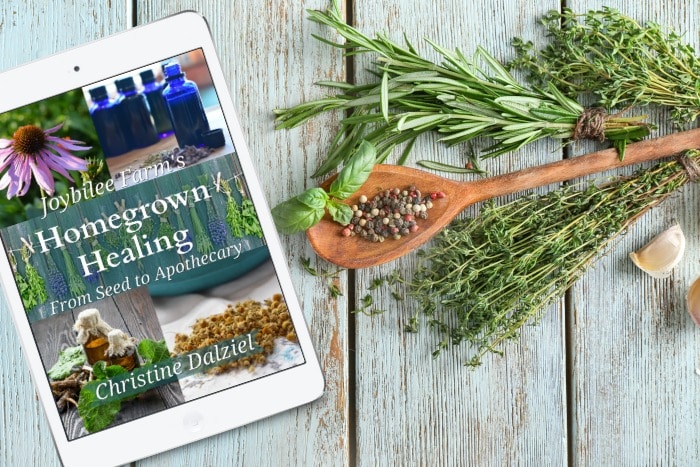
Homegrown Healing From Seed to Apothecary
My book Homegrown Healing From Seed to Apothecary will help you grow healing herbs in your own garden. Focusing on the easiest plants for beginners to grow, Homegrown Healing From Seed to Apothecary covers 30 plants, recommended by professional herbalists, that can be grown in the temperate zone. Initial garden preparation, garden design and harvesting tips lead the novice herbalist into early success. Choose which herbs to grow, learn how to use these herbs for your family’s health and wellness using the guidance in my book. You can find out more about this useful guide to growing more herbs and using them strategically here.


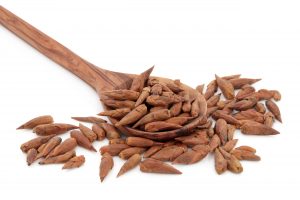
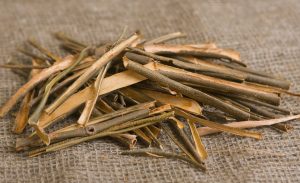
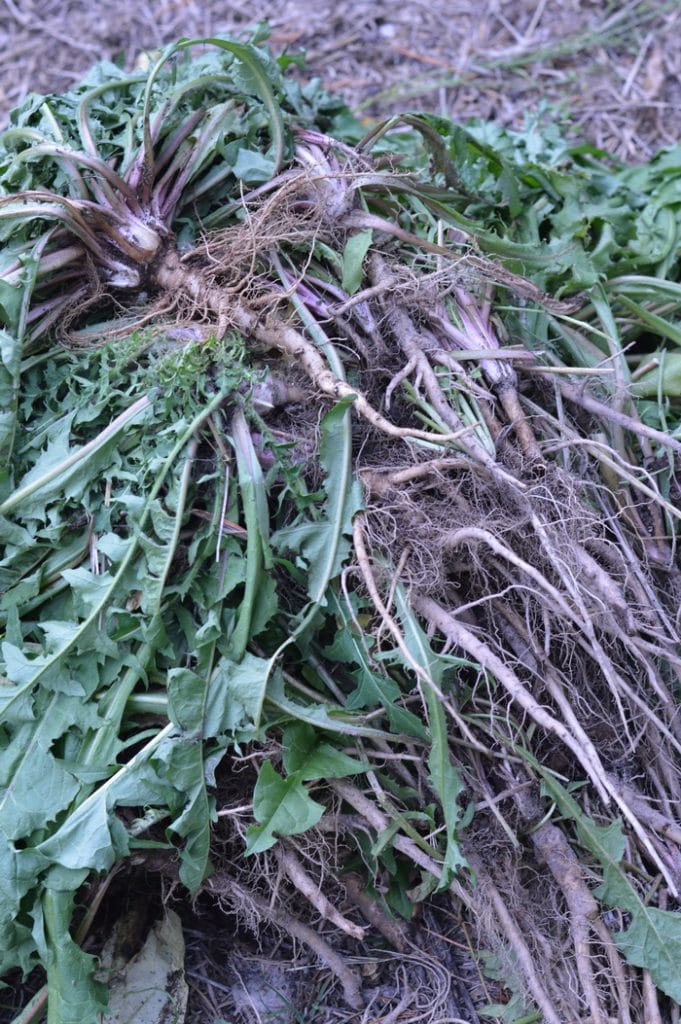


The cottonwood buds are the buds that will eventually become leaves. Depending on how far your spring is along, they might be tight and reddish on the branch or greenish or completely unfurled. You want to catch them as they swell but before they unfurl into leaves. I hope that helps. I don’t have pictures yet as our snow is still too deep. But I’ll work on updating with pictures later in the season.
Hi, Wilma, here in BC, cottonwoods often have cloned babies all over the area under the shade of the tree. These are actually seedlings but sprouts from the root of the parent tree. These cloned colonies can be an acre in size. You may find the same in PEI. The clone are much shorter than the mother tree, and are kept trimmed by deer and Moose around here. These are the ones that I harvest from. I know what you mean about the cottonwoods breaking in a wind storm.